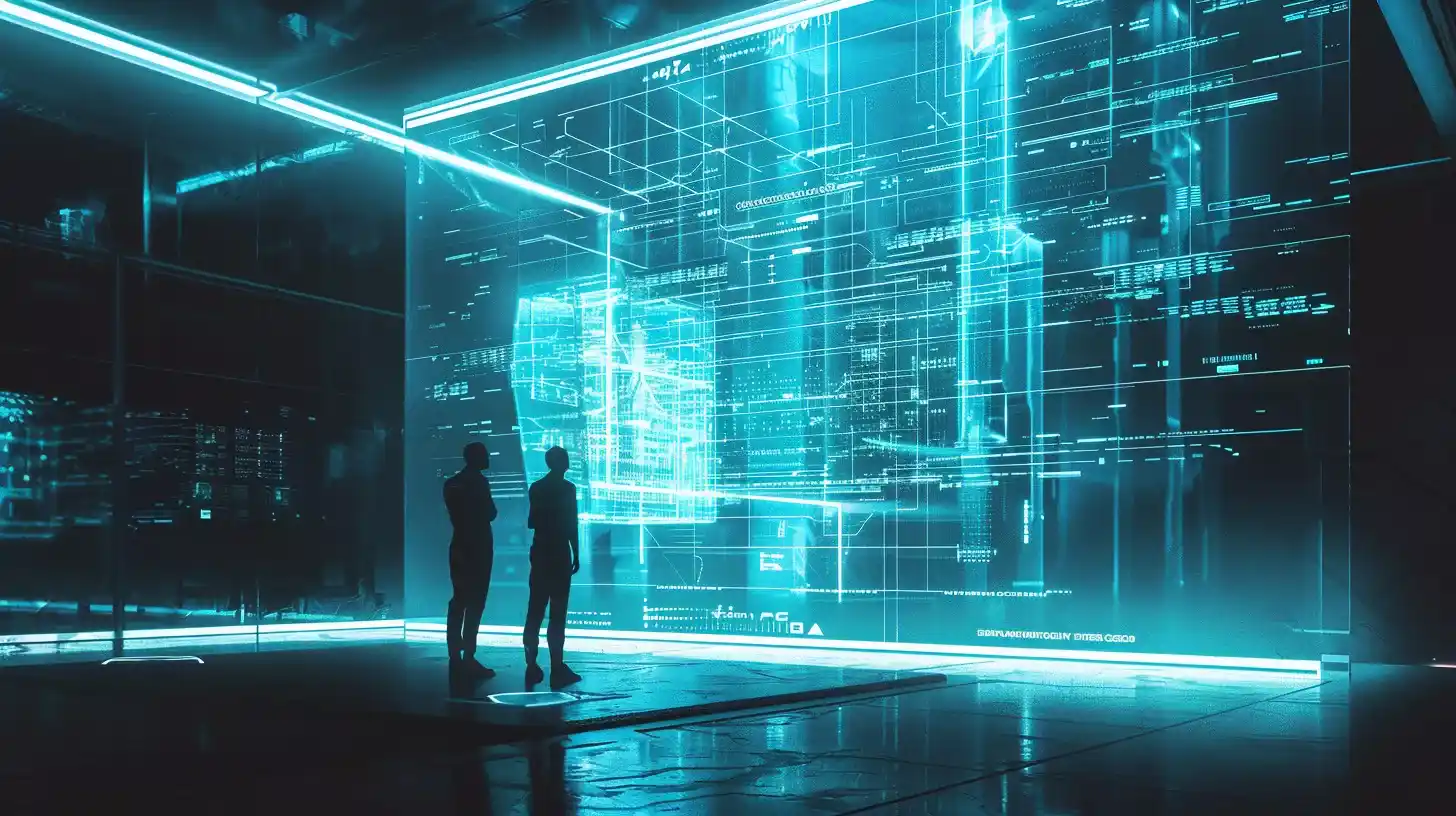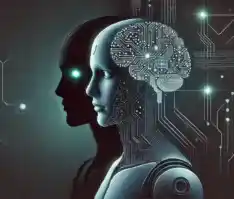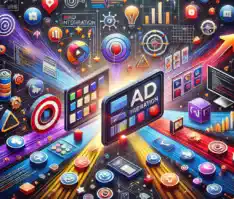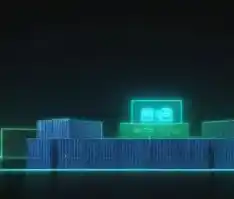Table of Contents
In an era where artificial intelligence (AI) is transcending the realms of imagination, OpenAI Sora has once again pushed the boundaries with the introduction of OpenAI Sora. This innovative AI model can morph brief text prompts into videos lasting up to a minute, showcasing scenes ranging from whimsical to astonishingly realistic.
The demonstration of Sora’s capabilities through a series of videos – featuring scenes as diverse as a “tiny fluffy monster” marveling at a candle, to “two small pirate ships” engaging in a battle within a coffee cup – has ignited both excitement and discourse around the future of AI in creative industries.
Sora, a term derived from the Japanese word for “sky,” symbolizes the boundless creative potential OpenAI aims to unlock with this technology. Described by researchers as a potential “world simulator,” OpenAI Sora represents a step towards creating highly capable simulators of our physical and digital existence, encompassing the myriad objects, creatures, and individuals that inhabit it.
OpenAI Sora: Bridging Creativity and AI
Despite the enthusiasm surrounding Sora’s unveiling, it’s important to note that this AI model is not yet publicly accessible. OpenAI has opted to release a selection of videos alongside the prompts that brought them to life, sparking widespread admiration and a mixture of awe and concern. The initial reactions to OpenAI Sora have been characterized by terms like “eye-popping” and “terrifying,” underscoring the model’s profound impact on viewers.
Tim Brooks and Bill Peebles, the OpenAI researchers behind Sora, have articulated their vision of the model as a tool to explore the “limitless creative potential” inherent in AI technology. However, they also acknowledge Sora’s current limitations, particularly in accurately modeling physical interactions and laws of physics. Despite these challenges, the development trajectory of AI models like DALL-E and ChatGPT suggests that Sora’s capabilities will evolve and expand over time.

The Technical Backbone of Sora
Sora operates as a “diffusion transformer,” integrating various AI methodologies to generate video content from textual prompts. This process involves creating coherence from chaos, as OpenAI Sora learns to transform visual noise into a structured image that aligns with the given prompt. The model’s ability to generate videos positions it as a “generalist” in video creation, requiring a vast dataset for training that likely spans a wide array of styles, topics, and qualities, largely inferred to be sourced from the internet.
Speculation abounds regarding the specific training data for OpenAI Sora, with suggestions pointing towards synthetic data from advanced tools like the Unreal Engine, and partnerships with companies such as Shutterstock. This blend of data sources, while innovative, raises questions about copyright issues and the ethical use of training data.
Confronting AI Bias and Ethical Concerns
The advent of Sora and similar AI technologies brings longstanding issues of bias and ethics to the forefront. The lack of transparency regarding Sora’s training data complicates discussions around potential biases embedded within the AI’s output.
Sam Altman, CEO of OpenAI, expresses optimism that AI models will eventually overcome biases, aiming for a future where AI acts as a force for reducing societal biases rather than perpetuating them. However, critics argue that reliance on AI companies for self-regulation in addressing bias and ethical concerns is misguided.
Sora’s Impact and the Future

The realism of Sora’s demo videos, while impressive, has sparked concerns regarding the potential for misuse, particularly in the creation of disinformation and non-consensual content. This issue is compounded by recent incidents involving deepfakes and the misuse of AI for harmful purposes. OpenAI’s response includes a cautious approach, allowing only a select group of testers to evaluate Sora for safety risks, with a focus on identifying potential misuses such as misinformation and bias.
Amid these concerns, there’s a broader conversation about the impact of AI on creative professions. With AI models increasingly capable of approximating the work of artists and creators, there’s a growing debate about the ethics of using such technology and its implications for creative livelihoods.
Conclusion: Navigating the AI Creative Frontier
OpenAI’s Sora stands at the intersection of technology and creativity, offering a glimpse into a future where AI’s role in generating content is both celebrated and scrutinized. As we venture further into this uncharted territory, the dialogue around Sora reflects broader themes in the evolution of AI: the balance between innovation and ethical responsibility, the challenge of ensuring fairness and transparency, and the ongoing quest to harness AI’s potential for positive societal impact.
As Sora continues to develop, it represents not just a technological achievement but a catalyst for deeper reflection on the role of AI in shaping our world and our perceptions of creativity.





